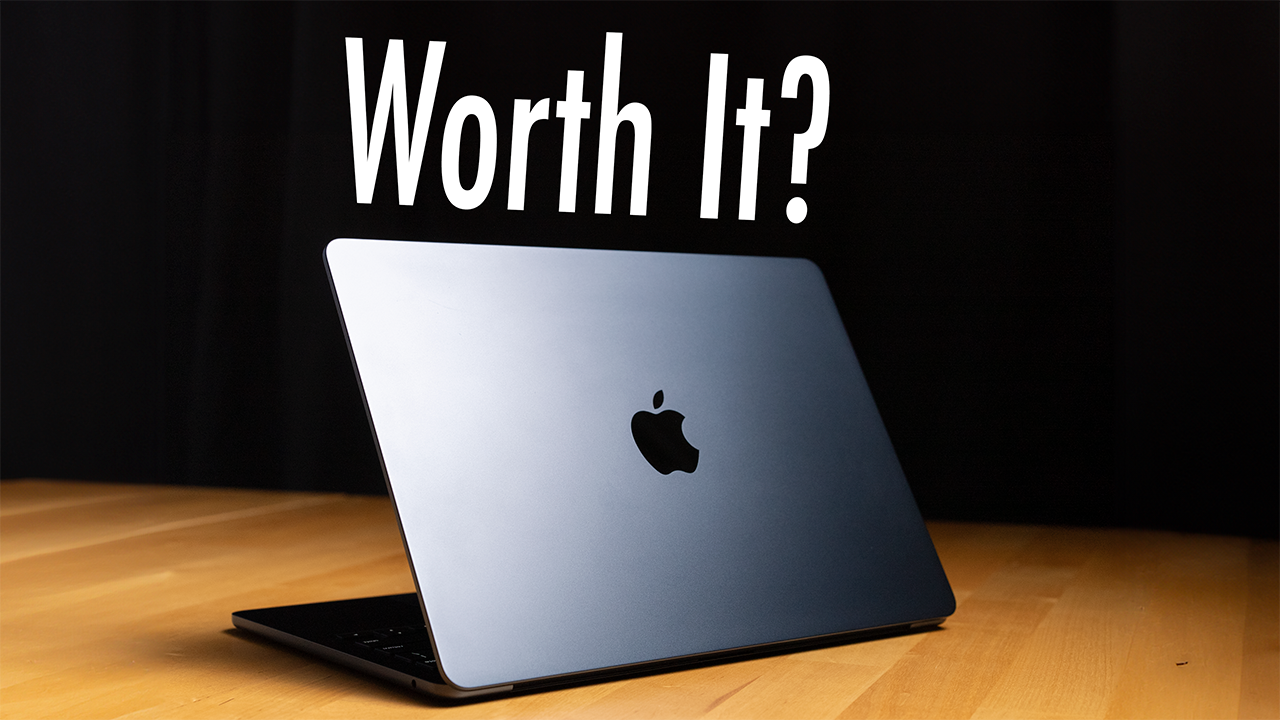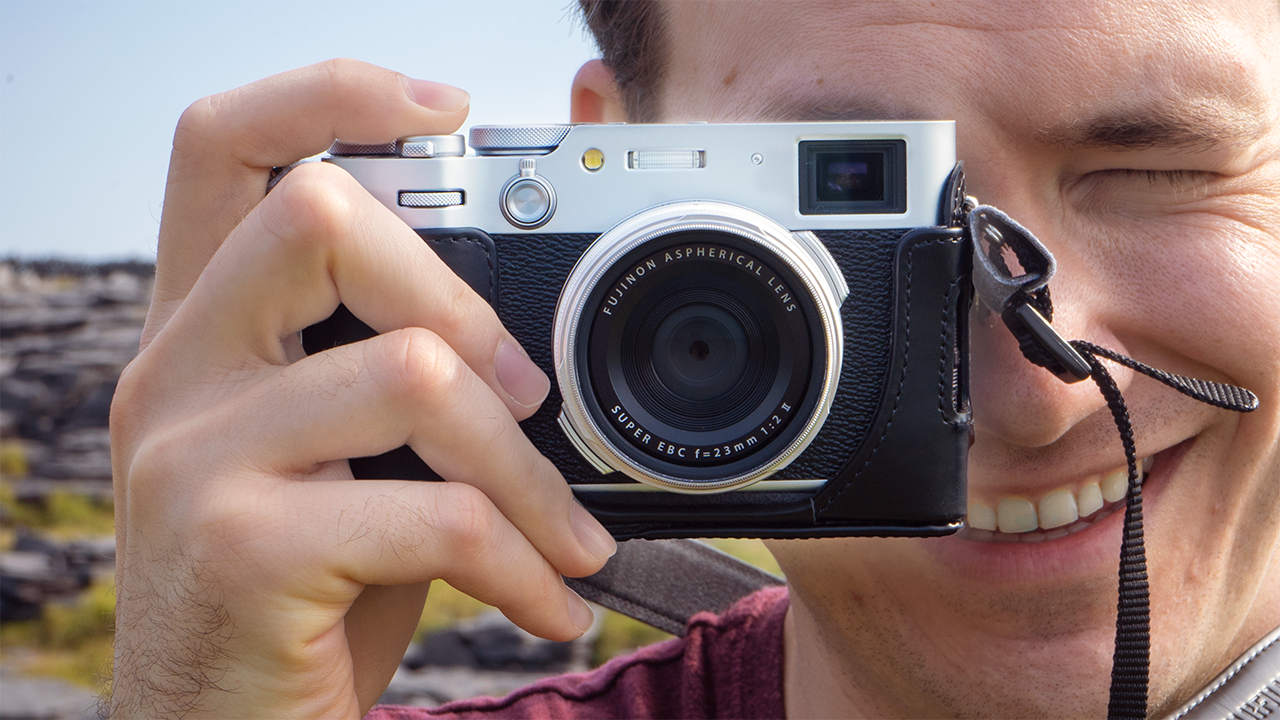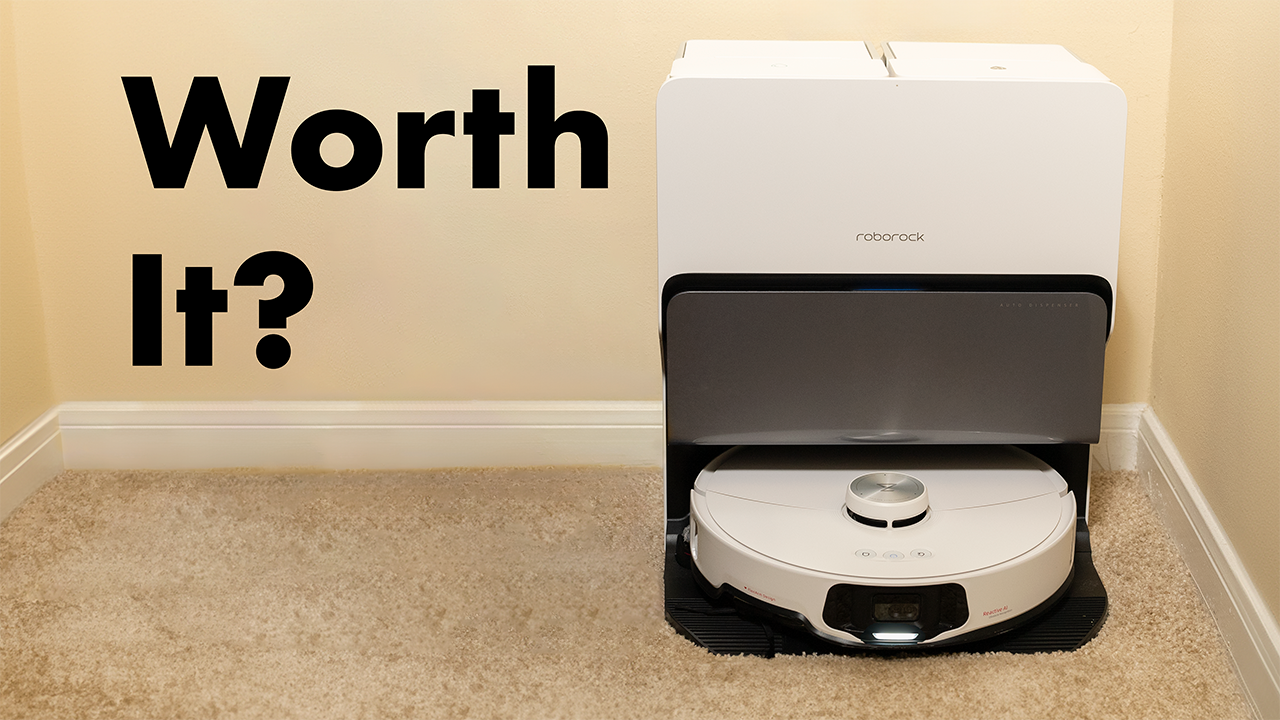Product Links:
Samsung S24 Ultra (Affiliate link)
Samsung S23 Ultra (Affiliate link)
Video transcript:
I’ve spent well over the past 6 months using a Samsung Galaxy S23 Ultra, and now that the S24 Ultra is out, I’m going to break down what really differentiates them and answer the question: How much better is the S24 Ultra over the S23?
First, let’s take a look at the design of these two phones. Now, at first glance, they look pretty similar, right? But look closer, and you’ll see Samsung actually made a ton of changes to the design of this phone.
The most obvious one you’ll likely notice first is the material. It’s now titanium, very similar to what Apple used with their latest iPhones. Now, if you’re thinking great, Samsung must have also improved the weight of the Ultra like Apple did with their 15 Pro Max last year, unfortunately, that is not the case. The S24 Ultra is just about as heavy as the S23.
Now, a larger change that Samsung made to the S24’s exterior design that’s probably harder to pick up on camera is with the display. Not only did Samsung finally embrace a flat display with the S24 Ultra, but they made some significant improvements to this display as well.
The display now can go as bright as 2,600 nits, which is way more than the 1,750 nits of the S23 Ultra’s display, and it is very noticeable in direct sunlight; it’s seriously bright.
Another improvement to the display that’s quite noticeable is the new anti-glare coating. Samsung partnered with Corning to develop a better glass material called Gorilla Armor. It’s four times more scratch-resistant and three times better with drops.
On their site, Corning mentioned they worked significantly to reduce the micro-scratches as well, which Jerry Rig Everything did confirm in his teardown of the phone.
Samsung also announced a new feature with this display called Adaptive Color Tone, which will automatically adjust the white balance based on your ambient lighting conditions to make the colors appear more natural.
Also, look at what happens when I slow down the frame rate between the S23 and S24 Ultra’s display panels. What we’re looking at here is the display rapidly turning on and off. This display technology is called Pulse Width Modulation, or PWM for short, and even though you can’t see the OLED panels do this in normal use, your eyes can actually still perceive this rapid movement if the frequency of the PWM is low enough, which can cause all sorts of problems for people like headaches, dizziness, and more.
With the S24 Ultra, Samsung has increased their PWM to 492 HZ, up from 240 HZ in the S23 Ultra, and this hopefully should improve the experience of looking at the display for those sensitive to Pulse Width Modulation.
Some other smaller changes you’ll notice when holding both of these phones are that Samsung now has two microphones at the top and a smaller hole for the S Pen to be stored at the bottom.
All right, so those are a lot of the things with the exterior of the phone, but now let’s talk about the software on the inside.
One of the biggest changes Samsung brought to this year’s S24 models is what the company calls Galaxy AI.
Now, I know what you’re thinking: oh gosh, what kind of gimmicky useless features did Samsung market for this Galaxy AI? But actually, the features that make up Galaxy AI are pretty useful, like Call Assist, which provides you real-time voice translations while you’re on a call with someone who’s speaking in another language.
Samsung also debuted a new interpreter mode, which will translate in-person conversations in real-time. And yes, all of this is processed locally on the device.
Galaxy AI also gets you Chat Assist, which will help you translate text messages into another language and even help you rewrite the tone of a message, which uses Google’s new Gemini Nano on-device model.
Galaxy AI also powers Photomoji, which lets you turn photos into emojis. It’ll automatically summarize your group messages in Android Auto recap lectures and meetings with Transcript Assist found in the native voice recorder app, and it can even separate different speakers.
Samsung Note Assist can easily clean up your handwriting, organize your thoughts, and summarize your notes too.
And then there’s Circle the search. Look how cool this is. It’s a powerful new way to use Google search across Android devices, where you tap the bottom bar and then circle anything that you see on the screen to search it. It works in videos too and is pretty great.
Samsung also debuted a new competitor to Google’s Magic Editor called Generative Edit, which allows you to move, reposition, or remove parts of an image.
Now, the last major difference between these two phones is their camera system. And before we talk about that, here’s a quick message from this video’s sponsor, Backblaze.
I became a Backblaze customer several months ago after reading a story about these 4-terabyte hard drives failing and realizing, “Wait, those are the same drives I use to run critical workloads. Oh no, they’re not backed up to the cloud!”
If one of these drives failed, I was screwed. So, I quickly searched online for a solution, and Backblaze for me became the obvious choice.
With Backblaze, you get simple pricing: $9 a month with no add-ons or gimmicks. My computer and every drive plugged into it is continuously backed up via their software, which runs in the background on both Mac and PC.
If there’s ever a problem with your files, you can web restore from anywhere in the world or store your files by mail, and they’ll ship a hard drive with your files right to your door. If you ever accidentally delete your files or need an earlier version of a file, Backblaze offers one-year file retention for free. And for an additional cost, you can retain old or deleted files forever.
Backblaze is recommended by The New York Times, MacWorld, Wired, 9to5Mac, and more. So don’t wait as long as I did; you can try Backblaze for free by going to backblaze.com. It’s a 15-day trial with no credit card required. Seriously, back up your stuff. Sign up for a free trial today at backblaze.com.
All right, next let’s talk about the cameras. There is actually quite a difference in the way the S24 Ultra processes photos compared to the S23 Ultra, which I was not expecting.
Just look at this photo. See how bright the background is, but also there isn’t a lot of contrast? All right, now look at the S24 Ultra’s version of this photo. The background and part of the steeple on the right side are illuminated, but the rest is in shadow. It’s much closer to what you’d get out of a DSLR camera, not to mention closer to how the steeple appeared in real life.
This new photo processing that comes with the S24 Series this year is powered by what Samsung calls their Pro Visual Engine. It powers a new suite of AI-powered camera tools, some of which I’ve mentioned already like the Generative Edit, and it’ll help you get better shots by improving noise performance, color reproduction, and HDR, which stands for High Dynamic Range Imaging.
Overall, the images produced by the S24 Ultra are slightly warmer and have a more natural contrast across the board; they just look a bit less processed compared to what I get with the S23 Ultra.
And for the first time, Super HDR and video stabilization are actually supported within the camera of the Snapchat and Instagram apps. The S24 has upgraded nightography capabilities thanks to the larger pixel size of its main sensor compared to the S23 Ultra, and that’s shown in my experience so far.
There is noticeably better low-light detail performance across the board with the S24 and less noise smoothing going on. Though when taking videos at night, I have noticed instances where the S24 Ultra has a bit more noise than the S23 Ultra with the main wide camera.
Now, one of the biggest changes Samsung made to the S24 Ultra is removing the 10x Optical that the S23 Ultra had and replacing it with a 5x Optical, but one that has a 50-megapixel sensor. This allows Samsung to still get about the same 10x quality as they had before on the S23 Ultra.
I say about the same because there are some instances where I’ve noticed the 10x on the S24 Ultra is slightly worse than the S23 Ultra. In videos like this video, there’s a bit of a stutter on the plane I’m tracking, and I don’t get the same effect when using the 10x Optical on the S23 Ultra.
The S24 Ultra’s 10x video is also slightly noisier, probably due to that sensor crop. Image stabilization is also slightly worse at 10x. And when comparing the 5x on the S24 Ultra versus the 23, well, it’s not much of a competition.
As for selfies, they’ve looked pretty much the same, though in low-light scenarios, I do notice a bit more detail on my face with the S24 Ultra.
For video, the tendency to let shadows be shadows also continues with the S24 Ultra footage. Its HDR is slightly better with color accuracy, but the difference in video quality aside from just the 5x versus 10x Optical is less noticeable than the differences in photo processing between the two phones.
Now, after you’re done taking a video, the S24 Ultra does have one more new trick up its sleeve. Watch what happens when I just hold down on a video plane. It becomes a slow-motion video.
Now, I didn’t take this video at 240 frames a second or even 120 frames a second; these videos are shot at 4K 60. But what Samsung is doing is using AI to generate the missing frames in order to make the video a slow-motion video, which is insanely impressive, and actually, it works really well.
Though, yes, if you have a subject like a bird flying behind tree branches, for example, you can see the AI occasionally screw up a bit when drawing where the bird and limbs would be in those missing frames. But still, this feature is really impressive.
So, that’s what’s new with the S24 Ultra and what it does better than the S23 Ultra. There are quite a few features that Samsung has added that make it a pretty substantial upgrade over the S23 Ultra.
Now, this isn’t a situation where I’d say yes, you absolutely need to upgrade your S23 Ultra to an S24 Ultra, but if you want to play around with Samsung’s new Galaxy AI features and don’t mind spending $600 to $700 after trading in an S23 Ultra like I did, so far, I think you’ll be pretty happy with this phone.
But I can’t give you my final verdict on the S24 Ultra yet; that’ll happen in my full 6 months later review of the device out in July. Until then, you can see more of my thoughts on the S23 Ultra in the 6 months later review I did of it, as well as comparison videos. You can get to those by clicking here.
And then I’ve also got comparison videos planned between the S24 Ultra, iPhone 15 Pro Max, and Pixel 8 Pro. So, if you want to see those videos, make sure you’re subscribed to the channel and smash that like button if you like this video.
For 6 months later, I’m Josh Teder. Thanks for watching.



